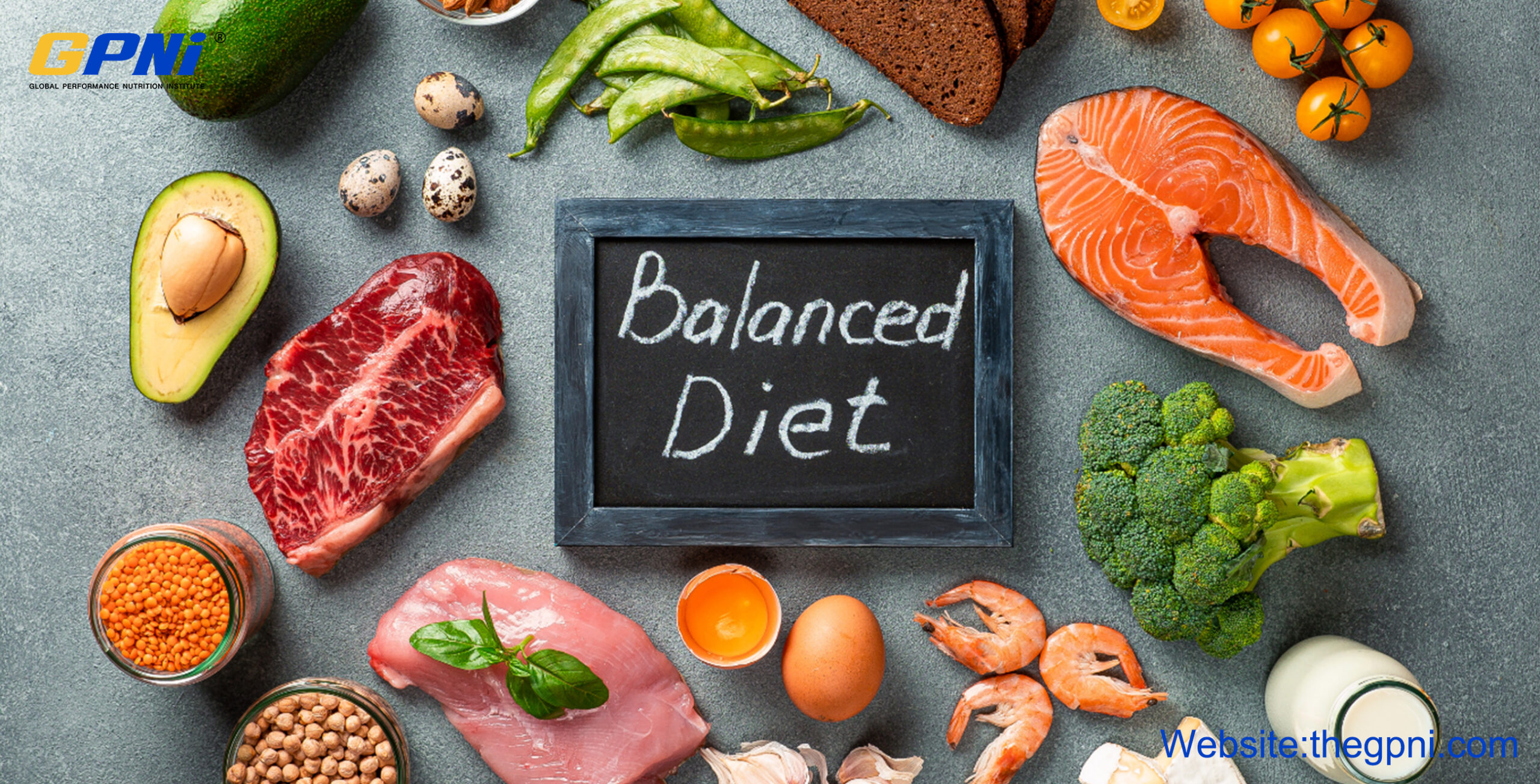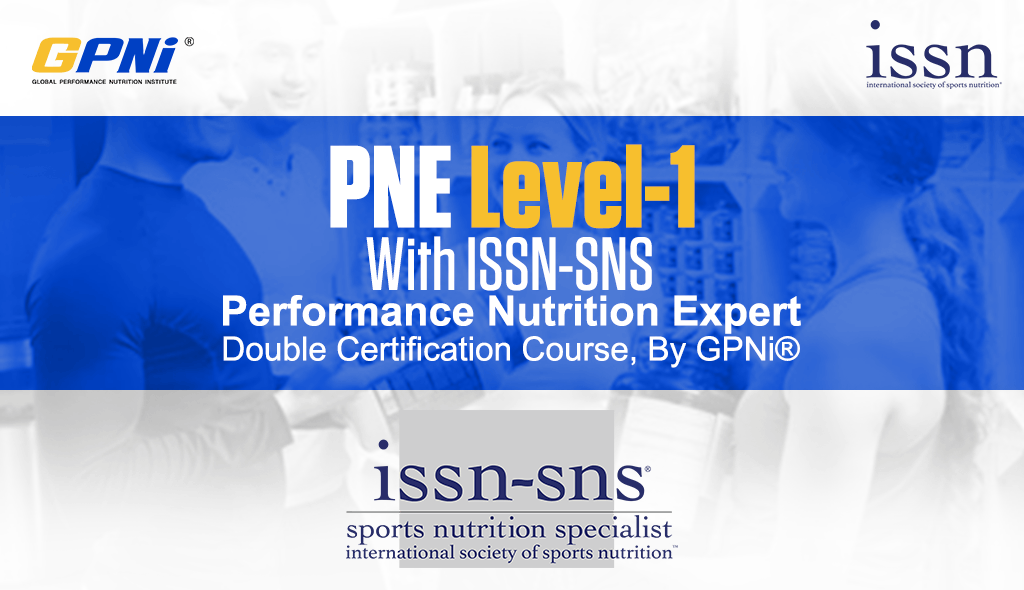Can muscle gain and fat loss occur simultaneously? This is a common question among fitness enthusiasts. According to the International Society of Sports Nutrition (ISSN), it is possible to achieve both goals at the same time.
Calorie Intake Planning
The first step is to regulate total calorie intake. If the calorie intake is too high, it will hinder fat loss due to excess calories. Conversely, if the intake is too low, muscle gain becomes challenging, and it may even weaken the immune system, leading to illness.
While there is no precise standard for calorie intake, ISSN data and expert experience suggest a range of 30-35 kcal per kilogram of body weight per day. This is a starting point that can be adjusted based on your training volume and lifestyle. After determining your needs, you can tweak the number to suit your specific situation.
Macronutrient Requirements
Next, focus on the macronutrients, especially protein. As highlighted by the ISSN, protein is essential for building muscle fibers. A daily protein intake of at least 2 grams per kilogram of body weight is recommended. It’s important to spread protein consumption evenly across meals.
Fat intake should constitute 20-30% of total calories, with an emphasis on plant-based and aquatic fats.
The remaining calories should come from carbohydrates, preferably from a variety of whole grains, to provide richer amino acids and more fiber. Special attention should be given to carb intake around training sessions.

Training: The Foundation of Muscle Gain
Once the diet is in place, the next critical factor is training. Think of it as a pyramid, with training forming the base, and nutrition the second layer. Without proper training, even the best diet won’t deliver the desired results.
Fat loss can be achieved through any form of exercise that burns calories. However, muscle gain requires resistance training to break down muscle fibers, which promotes growth.
To simultaneously gain muscle and lose fat, incorporate high-intensity resistance training. Focus on strength-based exercises. Many people structure their workouts according to bodybuilding principles, targeting different muscle groups (chest, shoulders, back, legs, arms, and abdomen) in a cycle. Adjust your training schedule to either a single or double cycle per week, depending on your lifestyle and work commitments. Ensure that you avoid overtraining and prioritize rest and sleep, as recovery is crucial.
Summary
- Calorie Intake: Start with 30-35 kcal/kg/day and adjust based on your needs.
- Protein Intake: Consume at least 2 grams of protein per kilogram of body weight, distributed evenly throughout the day.
- Fat Intake: 20-30% of total calories, focusing on plant-based and aquatic fats.
- Carbohydrate Intake: Prioritize whole grains and increase carbs around training sessions.
- Training: Engage in high-intensity resistance training with a structured bodybuilding routine, and ensure sufficient rest and sleep.
By following these guidelines, those looking to gain muscle and lose fat can begin their journey. Success in achieving both requires a balanced approach, with attention to training, nutrition, rest, and mindset. After a few weeks of consistent effort, you may see results beyond expectations.







